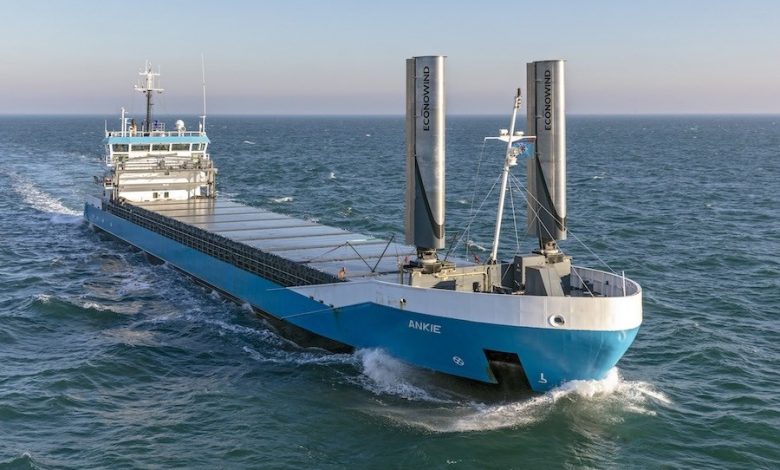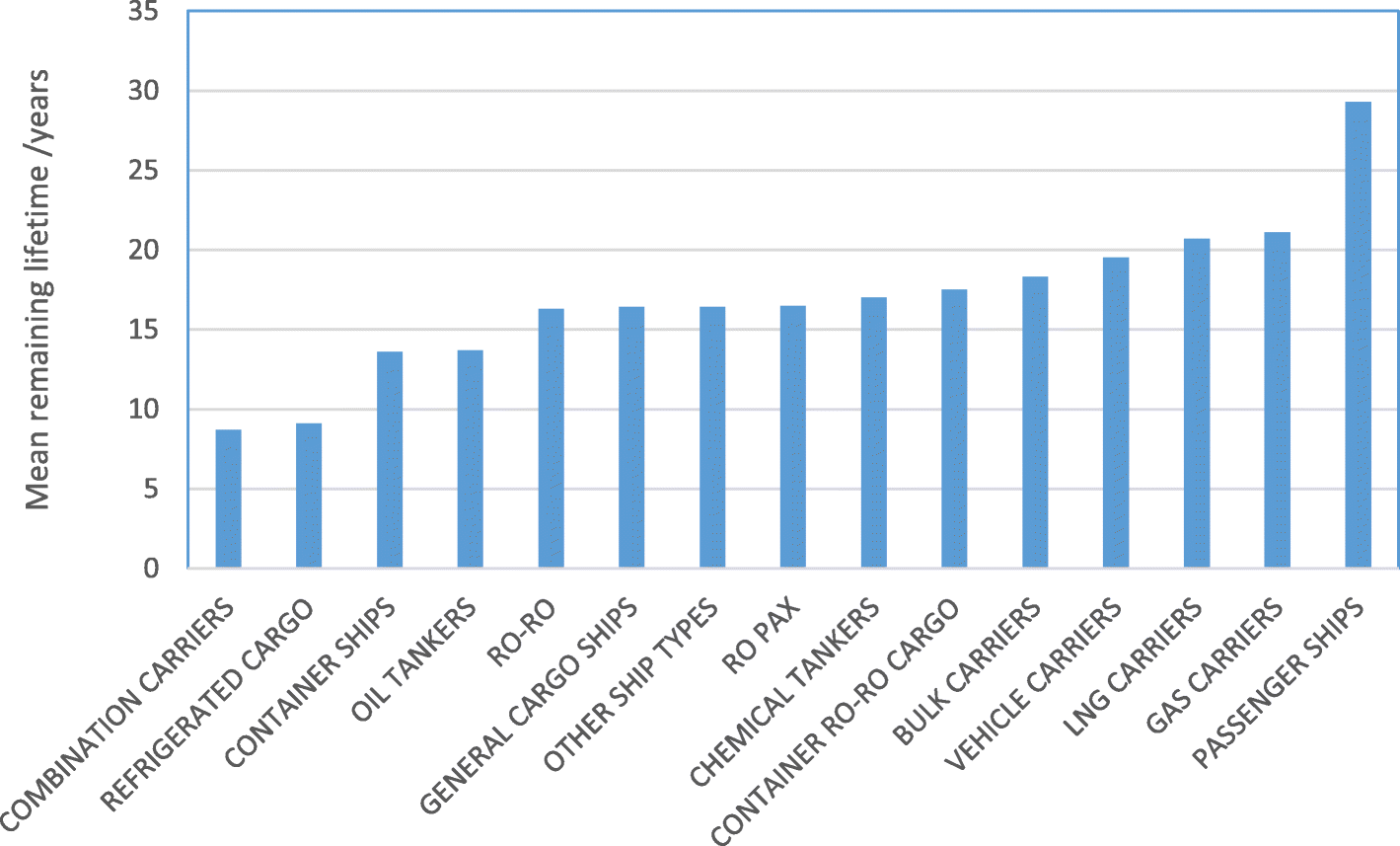New study stresses shipping must retrofit today rather than count on next generation of vessels to meet carbon targets

New climate research has stated that urgent action on emissions from existing ships is the key to tackling shipping’s impact on climate change.
The shipping sector can’t wait for new, low-carbon ships to enter its fleet if it is to cut CO2 emissions in line with Paris Agreement targets, according to a University of Manchester study published today.
Measures to cut shipping’s pollution tend to focus on new ships, but this new Tyndall Centre research shows that CO2 emissions from existing ships will dominate the sector’s impact on the climate, and could even swallow up shipping’s entire safe carbon budget.
The researchers’ findings suggest that existing ships could use up the industry’s carbon budget before new ships are taken into account. Policies to cut shipping CO2 must focus attention on decarbonising and retrofitting existing ships, rather than just rely on new, more efficient ships to achieve the necessary carbon reductions.
As ships are so long-lived, the so-called committed emissions from journeys travelled during the rest of their lifespan, are higher than for other modes of transport. Without action, existing ships are expected to emit well over 100% of a Paris-compatible carbon budget.
There is room for optimism however. The research highlights the multiple ways that ships can cut their committed emissions, such as travelling at slower speeds, fitting new renewable technologies such as Flettner rotors, connecting to grid electricity while in port, and retrofitting other energy saving measures.
But scientists now say time is of the essence; if implemented quickly and at scale, the shipping sector could still fairly contribute to the Paris climate agreement goals, but if not, other sectors will need to cut their emissions deeper and faster to compensate.
Professor Alice Larkin, head of school of engineering at the University of Manchester, said: “The shipping industry continues to play a hugely important role in international trade and especially for our island nation, but this research highlights that the International Maritime Organisation’s current targets need to be substantially tightened to align with Paris goals.”
To date, committed emissions studies have focused predominantly on the power sector, or on global analyses in which shipping is a small element, with assumptions of asset lifetimes extrapolated from other transport modes. This study analysed; new CO2, ship age and scrappage datasets covering the 11,000 ships included in the European Union’s new emissions monitoring scheme (EU MRV), to deliver original insights on the speed at which new and existing shipping infrastructure must be decarbonised.
A climate change lecturer at the university, Dr John Broderick, said: “Unlike in aviation, there are many different ways to decarbonise the shipping sector, but there must be much greater attention paid to retrofitting the existing fleet, before it’s too late to deliver on the net-zero target.”


The shipping sector seems to be taking a lot of flak on emissions. In unit movement terms it is a very efficient option for cargo compared to air and trucking.Unless we revert to sail with all the attendant downsides in terms of reliability and safety ships will need propulsion systems. Large slow running diesel engines can provide this. They might need to be supplemented by shore supplies when berthed.
Slow steaming comes at a cost and international supply chains now rely on routinely reliable arrival dates/times. Modifications to engines and exhaust treatment systems are feasible to minimise emissions issues. CO2 is not a disease but environmentalists would have us believe it is.
Valid pints, but shipping as an industry needs to take some flak- It has been sleepwalking, and done very little about GHG emmissions until the IMO deadlines actually came into effect. There have been a few ship owners that have tried to be more proactive. But its not just the owners to blame – why is cold ironing not mandatory in all ports – especially new ones – goodness knows enough have been built.? Why are the blue chip charterers not being put under the spotlight.?
The real waste is forming a group of students funded by someone else to conduct a study which could have been And probably was downloaded from Clarksons research to guesstimate the number of existing ships which will be afloat. Then they come up with other people’s ideas on what can be done to reduce emissions, with not one original idea of their own. What are these retrofits? Who pays then for these retrofits?
Thats my ship now
A very necessary action has to be implemented. We have an application available. But unfortunately it will take time to get most of the present fleets fitted out with this technology. Especially now with the covid 19 restrictions.